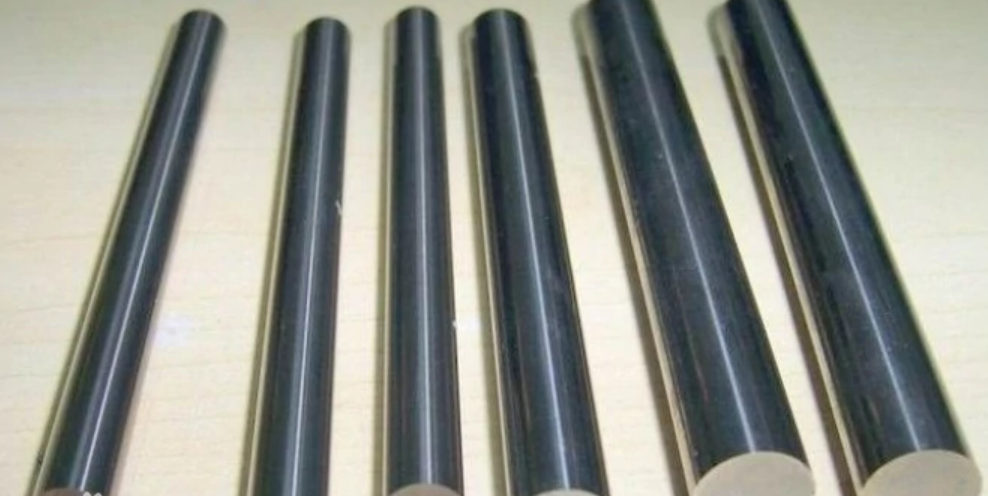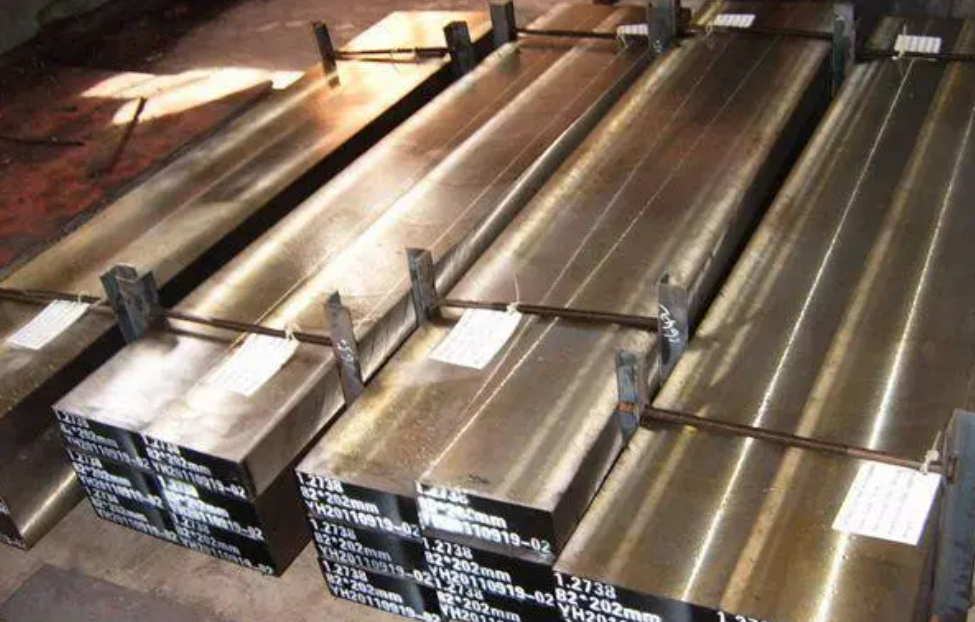Tool steel is a high-carbon steel mainly used for manufacturing metal processing tools such as cutting tools, drill bits, tap drills, saw blades, and so on. Compared with high-speed steel, tool steel has higher hardness and wear resistance, and is suitable for high-speed and heavy-duty cutting. In the field of metal processing, tool steel plays an irreplaceable role. In this article, we’ll take a closer look at the characteristics of tool steel.

Characteristics of Tool Steel:
High-speed tool steel is mainly used to manufacture efficient cutting tools. Due to its high red hardness, good wear resistance, and high strength, it is also used to manufacture high-performance molds, rolls, high-temperature bearings, and high-temperature springs. After heat treatment, the use hardness of high-speed tool steel can reach HRC63 or above, and it can still maintain high hardness at a working temperature of about 600℃.
Additionally, its toughness, wear resistance, and heat resistance are all good. The main alloying elements of high-speed tool steel in the annealed state include molybdenum, chromium, and vanadium, and some high-speed tool steels also contain cobalt and aluminum. This type of steel belongs to high-carbon high-alloy martensitic steel, and one of its main organizational features is the presence of a large amount of carbides.
The carbonitride in as-cast high-speed tool steel is eutectic carbonitride, which is broken into granular particles and distributed in the steel after hot-pressure processing, known as primary carbonitride. The carbonitride precipitated from the austenite and martensite matrix is called secondary carbonitride. These carbonitrides have a significant impact on the performance of high-speed tool steel, especially the secondary carbonitride, which has a great influence on the austenite grain size, secondary hardening, and other properties of the steel. The number and type of carbonitrides are related to the chemical composition of the steel, while the particle size and distribution of carbonitrides are related to the deformation of the steel.
Tungsten and molybdenum are the main alloying elements of high-speed tool steel, playing an important role in secondary hardening and other properties of the steel. Chromium plays an important role in the quenching hardenability, oxidation resistance, and wear resistance of steel, and also has a certain effect on secondary hardening. Vanadium plays an important role in the secondary hardening and wear resistance of steel but reduces the grindability.

The quenching temperature of high-speed tool steel is very high, close to the melting point, which aims to dissolve more of the alloy carbides into the matrix, making the steel have better secondary hardening ability. The hardness of high-speed tool steel increases after quenching, which is the first hardening.
However, the higher the quenching temperature, the lower the strength and toughness after tempering. Quenching and tempering at low temperatures below 350℃ results in a decrease in hardness, while tempering at temperatures above 350℃ gradually increases the hardness until it reaches a second peak of hardness at 520~580℃ (the tempering temperature varies depending on the chemical composition), which exceeds the quenching hardness, known as secondary hardening. This is an important characteristic of high-speed tool steel.
High-speed tool steel not only has high hardness, wear resistance, red hardness, and other performance properties but also has certain process performance such as thermal plasticity and grindability. Most high-speed tool steels are alloyed with tungsten and contain little or no molybdenum. Their main characteristics are low sensitivity to overheating and decarburization and wide temperature ranges for heat treatment and hot working, but with coarse carbide particles and poor distribution uniformity, which can affect the toughness and plasticity of the steel.
Tungsten-molybdenum high-speed tool steel has the main alloying elements of tungsten and molybdenum. Its main characteristics are that the particle size and distribution of carbonitride are better than those of tungsten high-speed tool steel, while the sensitivity to decarburization and overheating is lower than that of molybdenum high-speed tool steel. It has good performance in terms of use and process.
Molybdenum high-speed tool steel has the main alloying elements of molybdenum, without tungsten or containing a small amount of tungsten. Its main characteristics are fine carbide particles, uniform distribution, good toughness, but high sensitivity to decarburization and overheating, narrow range of hot working and heat treatment.
High-speed tool steels with cobalt are based on general high-speed tool steel and added a certain amount of cobalt, which can significantly improve the hardness, wear resistance, and toughness of the steel.
Powdered high-speed tool steel is produced by the powder metallurgy method. Firstly, a low-oxygen high-speed tool steel pre-alloyed powder is obtained by atomization method, then the powder is pressed into a fully dense ingot by a cold or hot pressing machine, and then forged or rolled into a material. Powdered high-speed tool steel has fine carbide particles, uniform distribution, good toughness, grindability, dimensional stability, etc., which can produce super-hard high-speed tool steel with higher alloying element content than those produced by the ingot method.
Classification of Powder High-Speed Tool Steel
Powder high-speed tool steel can be divided into three categories. The first category is cobalt-containing high-speed tool steel, which is characterized by a hardness close to that of cemented carbides, and also has good forgeability, machinability, grindability, and toughness. The second category is cobalt-free high-tungsten, molybdenum, and vanadium super-hard high-speed tool steel. The third category is super wear-resistant high-speed tool steel. Its hardness is not too high, but its wear resistance is excellent, mainly used in working conditions that require high wear resistance and withstand impact loads.
Why Choose Huaxia Steel?
Thank you for reading our article and we hope it can help you to have a better understanding of the characteristics of tool steel. If you want to learn more about tool steel, such as types of tool steel, we would advise you to visit Huaxia-Steel for more information.
As a leading supplier of tool steel across the world, Huxia-Steel offers a wide range of high-quality products such as alloy steel, carbon steel, stainless steel wire, sheets, strips, and stainless steel plates for global markets.







